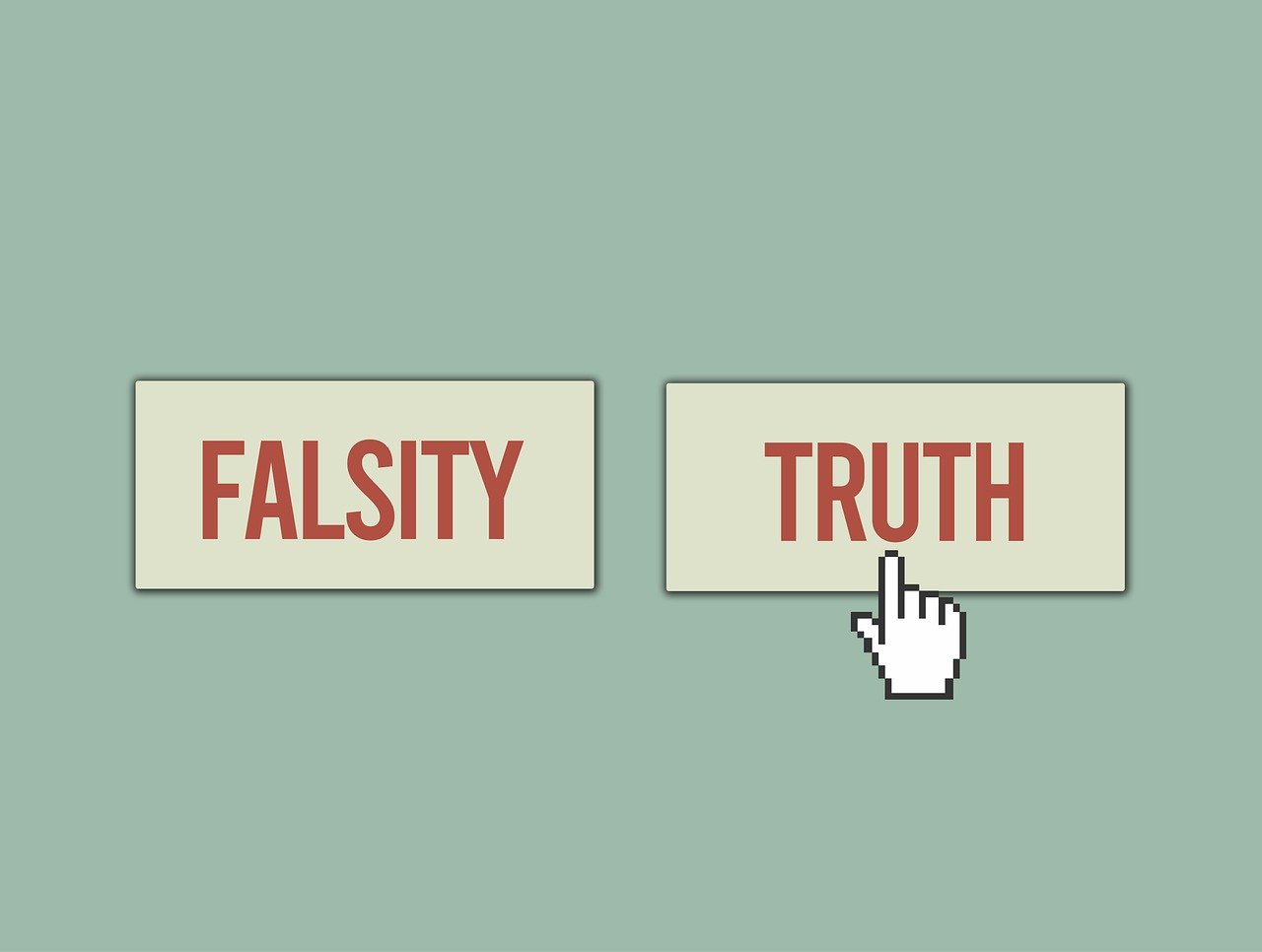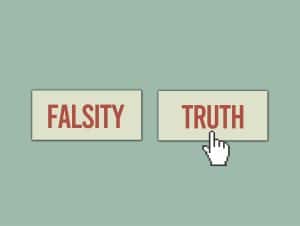Sometimes the basics are the subject we struggle with the most. When your knowledge of the foundational, building block concepts of a subject is lackluster, your execution of new strategies and ideas suffers greatly. In the fast-paced world of Internet and Digital Marketing, it is easy to become starstruck by hot new ideas and “groundbreaking” new strategies. Amidst the hubbub and noise of every expert and teacher trying to promote their own products and strategies.
Sometimes the concepts we need to work on the most are our basics. Your foundation may be in need of some dire reconstruction and refinishing. The great thing about marketing is that the basic concepts and principles aren’t vastly complex. The implementation of some concepts may be tricky into your business, but they are still easy to understand and engage with. Just in case your brain and your business need a refresher, here are some key marketing concepts you may have forgotten.
Product
Let’s start with the basics. The first of the building-block four P’s of marketing is Product. What are you selling? This question seems naïve and uneventful, but it is a question that many business owners find themselves unable to effectively answer. Product isn’t just the description of your product’s physical qualities, but the need that it meets and the hole in a potential customer’s life that it fills. When you sell a product, you are not simply selling an item. You are selling a means to a desired end for the customer.
Think of it this way, if you sell a box of nails, why does the customer make the purchase? Do they simply enjoy collecting nails? Not likely. In reality, you are selling them on family, or the ability to hang up that photo of their grandparents. You are selling them on the ability to express themselves and hang up that poster of their favorite band. Maybe you’re selling them on the ability to build and create that swingset their daughter has been asking for since last Christmas. When you approach the idea of product from the angle of what said product is being used for, you can tap into a limitless pool of marketing angles and resources.
Price
Price is a hang-up that both suppliers and buyers have allowed themselves to be hung-up on since the first people to engage in the barter system. Unfortunately, price is often the hardest of the four concepts for people to look past on either side of the exchange. Fortunately, price can be used as a tool, just like all of the other concepts and principles discussed in this article. Remember that price, when working optimally, is the perfect medium between what the customer is willing to give up for an item and what the supplier needs to recoup the item’s cost and make a profit. Often the balance swings a little bit more in favor of one party than the other, but this is okay. Remember that price is your asset, not your weakness. Utilize price to undercut the competition or leverage the superiority of your products and services.
Place
Where are you selling your products and services? Where are you marketing them? This question has become harder to answer with the increasing capabilities that the internet and social media offer to even the smallest of businesses. Fortunately, this increasing plethora of options allows you to reach profitable markets that weren’t previously accessible. You are no longer confined to brick and mortar locations near you or even brick and mortar locations in general. With the internet, you have the ability to market your products to anyone, anywhere.
But place isn’t just a question that can be answered with a simple, “on the internet” or “at the convenience store”. Place is also relative to where in these locations your product is being sold and/or advertised. How big is the advertisement going to be? Where on the shelf will your product sit? Ask yourself these questions and place can become a great asset. Take interest in where your products are being offered and you can take greater control in how well that place performs for your business.
Promotion
Promotion often seems like the most outward of the basic principles of marketing, and that is partially correct. When most novices or marketing outsiders consider the concept of marketing, they only see it as how a sellable item is advertised to the public. As a business owner or marketer, you have to understand that promotion is only one principle out of four, and it relies on those other three principles to truly succeed. For the sake of this article, consider promotion as the spin that you are putting on your product. After the product itself and its uses are determined, price is set, and places are reserved, how are you going to make your product stand out. The answer is promotion. Promotion is unique because it is so entangled in the other principles that typically stand on their own. Promotion is your most malleable tool, and it is where your voice as a business and as an entrepreneur can really stand out.
Strategize
Don’t dip into as many tactics and tools as you can in hopes of finding something that sticks. A common mistake among novice marketers and amateur business owners is to be reactive instead of proactive. While it is important to diversify your tactics from time to time, it must be done with an appropriate amount of planning. J.D. Rockefeller didn’t create the largest oil conglomerate by just taking the hits as they came, he did it with attention to detail and manageable expectations. In other words, he had a plan and he executed it. Things won’t always go according to plan, but the plan helps you get back on track when things do go awry. Before you even think about trying to close your first sale, draft a plan for your products and your business. How will you market them? When? Where? Answer these questions and then follow through.
Focus
Effective Marketing is focused. If you don’t have a focus or your product’s focus isn’t clear to potential customers, you could be in serious trouble. When first starting out as a business or launching a new product, it’s easy to become distracted. Often when we see competitors having success with different approaches to marketing, our first instinct is to mimic what we think will get us quicker success.
The only problem is that focus is noticeable, and so is the lack of it. A strategy or a plan that isn’t followed is useless. When your business loses focus, your customers notice. Inconsistency isn’t an attractive quality to those looking to purchase. Focus keeps your message clear and your product’s advantages even clearer. Don’t lose it. Keep your message consistent and your marketing strategy even more so.
Differentiate
This might seem like a contradiction, but differentiation is also a key component of effective marketing. You may wonder, how can this be? After all focus and difference are typically two opposite things. However, focus doesn’t mean you are relegated to one single strategy. Effective marketing keeps the message inline but isn’t afraid to branch out with different angles, formats, and platforms. The important thing is that the message does not change. Your potential customers should be able to gather the same purpose from every representation of your products and services. Use similar wording, imagery, and tone to make sure that your customers can still recognize your brand.
Don’t Sell
This point may also seem heavily contradictory. If you don’t sell, then how do you make profits. Well, it all depends on when you decide to sell and how. If you are selling before leads are generated, you’re doing it wrong. If the first thing your customers see is a sales pitch, they aren’t likely to seek out more about your business.
When marketing, consider taking a different approach to how you pitch your products. Don’t start with the solution but identify the problem. What need are you trying to reach? Does the customer already know about that need? What about that need can you inform them? Approach your initial advertisements and lead generation attempts as opportunities to inform and educate, leave the selling for after they’ve been alerted to the problem that only your product is best suited to solve.
Be Present
With the internet, it is startlingly easy to become outdated. Information, memes, and trends are updated constantly. This incessantly continuous upload of new content means that your content can become outdated very quickly. While it is cheaper and often more efficient to use your existing ads, strategies, and content, it isn’t always the smartest idea. Especially when you are part of a competitive industry, you can quickly become outpaced by your competition. Make sure that you are doing consistent research on the latest trends. This research doesn’t have to be overly complex, but make sure to keep an eye out and stay present with what’s popular in the digital landscape.
Retool
Part of staying present is not being afraid to retool when necessary. Similar to the concept of differentiation, sometimes change is a necessary factor. The simple fact of the matter is that both hardware and software are constantly changing. Because of these changes, there are constantly new standards and new tools at your disposal. Platforms that were once effective, such as MySpace, have become irrelevant compared to the likes of Facebook and Twitter. Understand that your audience will always be looking forward, so your marketing tools and tactics must be capable of matching pace.
Stay on Target
Going back to focus, you need to stay consistent. It may sound difficult compared to all of the topics we’ve covered in this article, but don’t worry. While your methods may vary and the tools at your disposal will change dramatically over the lifespan of your business, your message should only change when absolutely necessary. Remember to keep your focus consistent. Don’t deviate from the central message you share with potential customers. What you want them to know and believe about your business should be the same tomorrow as it is today. Make sure that they are constantly aware of who you are with a centralized, focused message.
Match Pace
Keep up with your competition or watch yourself quickly fall behind. We live in a fast-paced business world, one that is unforgiving to a business that slows down or takes their time catching up. Always be on the lookout for new platforms and methods of advertisement and marketing. If your competition or even other industries are branching out with new ideas, make sure that you are doing your best to match pace. Your business doesn’t need to copy and paste every new idea that gets tested in the marketplace, but you need to be certain that your strategy has an appropriate response in regards to any new tools you come across.
Set Achievable Goals
Going back to strategizing, you need to set goals. More importantly, these goals need to be achievable and measurable. A goal is useless if you can never reach it. When sitting down to plan out your marketing strategies, make sure that you are creating tangible goals that can be marked off on your to-do list within a reasonable time. Your success is measured by when and how you reach these goals. Once your goals are reached you can properly evaluate the strengths and weaknesses of both your marketing strategies and your business as a whole.
Conclusion
Marketing is a key component of any successful business. While it may seem like a daunting idea, it is in reality made up of many identifiable and easily-learnable concepts. When you master these basics, you can put yourself on track for success without having to spend lots of time and resources buying into marketing specialists or packages that don’t further your own personal education. Keep these key concepts in mind as you market and watch your business soar.




















